Gaining OSRS Farming Patches from Start to Finish
By Kyle Meagher | June 6th, 2018 | Categories: RuneScape
For new members in OSRS, Farming is usually one of the more daunting skills to dive into. How do I get started? What do I do? Why do my crops keep dying?? Don’t worry if you’re having trouble with it; most people have no idea how the skill works and never even try to broach the subject. So if you’ve found yourself here wondering what the heck farming patches are, why there are different types, or where you need to go to get the right one, you are in the right place! In this week’s guide, we’ll break down OSRS Farming Patches, the Farming skill basics, and where to go to get the farming patches you need.
Table of Contents
What’s Farming?
For starters, what’s farming all about? The farming skill allows a player to plant seeds and harvest them for rewarding items. There are a plethora of different seeds, but roughly they all can be categorized by one of eight different types: allotment, flower, herb, hops, bush, trees, fruit trees, and special crops. Each of these types of crop has patches – designated only for that type of seed – scattered throughout the world of RuneScape. The exceptions to this rule are flowers, which can be grown anywhere, and special crops, which all have their own individual areas for growth.
In addition to planting in the appropriate patch for each type of seed, unique seed types have unique needs. For example, tree seeds must be combined with tree pots in order to create saplings before they are planted. Allotment seeds require 3 of a type of seed to plant a single plant. Furthermore, some types of crops can become diseased, but that’s a topic for another guide. For now, just know that in order to plant crops that are worth your while, you’ll want to do a bit of research into the requirements as well as additional expenses each type of plant may incur before you invest a ton of gold into your seeds.
Important Considerations
Before you get started farming, one more important consideration you’ll want to factor into your crop choice is the duration of the crops growth cycle, and how much time you really want to spend farming. Crops don’t die after they’ve grown fully, meaning you can hypothetically come back two weeks or a month later to harvest if you would like to, but most players typically go on “crop runs” every once in a while to supplement their income and grow their farming skill more passively. If you’d like to make crop runs once every few days or even a week, you’ll get more value out of longer-growth time crops, whereas if you can play several hours or more a day, you might want to do several runs per day and shorter-term crops.
As a related topic, you’ll want to consider your mobility capabilities. If you’re a long-term player with a lot of access to teles, fairy rings, diaries, and high agility, then you’re going to have a much easier time – harvesting more patches and doing so quickly – on each crop run than a lower level player who might have to spend more time getting from patch to patch, or maybe even only utilizing one patch at a time. If you’ve only got the time for one
Now, if you’ve picked out your crops and decided on the time investment you’re willing to make, you’re going to be wondering: “where am I supposed to be going?” Well, the answer depends on which kind of crop you’re trying to farm. Each crop about five patches for farming, found throughout the game. Generally, your strategy should be to find a group of several semi-accessible patches and corresponding crops for each, so you can do your crop runs quickly and then move onto other activities. The farming patches are listed below, in order of early-game to end-game content.
OSRS Farming Patches
Allotment – Herb
- South of Falador
- Catherby
- North or Adougne, south of Fishing Guild
- West of Port Phasmatys (East of Canifis)
- Great Kourend
- Harmony Island
- Troll Stronghold (North of Trollheim) Only Herb: This patch is immune to diseases! But it requires you to complete the My Arm’s Big Adventure quest
Hops
- Lumbridge Chicken and Cows, on the way to Varrock
- Northwest of Seer’s Village
- Yanille
- South-western corner of Entrana
Bush
- Champions Guild, south of south-western Varrock mine
- Outside Rimmington
- South of Ardougne, near the Monastery
- Etcerteria
Tree
- West of Lumbridge, in forest outside castle walls
- Taverly
- The Varrock Castle
- Falador gardens
- Gnome Stronghold
Fruit Tree
- Brimhaven, just south of the docks
- Catherby, immediately adjacent to the exit from the Ice Mountain trail
- West of the Tree Gnome maze
- Inside the Tree Gnome Stronghold, north of the Agility courses
- Lletya
Now, that may seem like a lot, but if you plot them all on a map, you can identify some areas of concentration that even low-level players can make great use of without putting in too much time. Unless you’re trying to spend all your time hopping between farms anyway, you won’t have to make use of all of these patches. For the beginning farmer, you can actually get by only using your home-Lumbridge teleport.
Lumbridge Teleport
Tele home to Lumbridge, west out the castle walls and stop at the first Tree patch in the Lumbridge forest. Continue west toward Rimmington, stopping at the Allotment patch just north of the road and South of Falador (at the farmhouse). Continue west to Rimmington, hitting the Bush patch, then turn north to Falador. Stop in the garden patch at the north of the city, using the bank if you’d like. At this point, it’s up to you to either go north and west through the Ice Mountain toward Catherby, where two more farming patches wait for you (Allotment, Fruit Tree), or turn East now and move through Varrock. In Varrock, you’ll stop inside the castle and hit the Tree patch, then turn south and hit the Bush and Hops patches on the way back to Lumbridge.
Final Thoughts
Hopefully, you’ve enjoyed this OSRS Farming Guide! There’s much more complex strategy as you get to higher levels and start working your gp/hour exp/hour rates, but this is plenty to work with for the casual farmer who has other things to be doing in-game as well!
For more, check this out: Getting Your Ranged Caps Fast: OSRS Chinning Guide






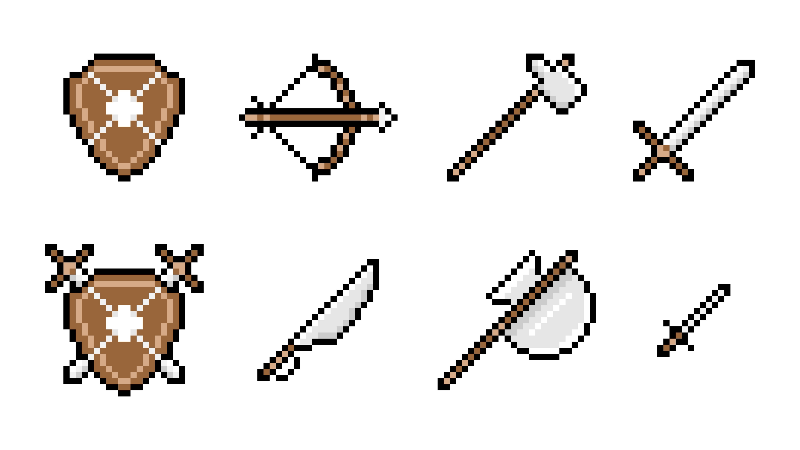

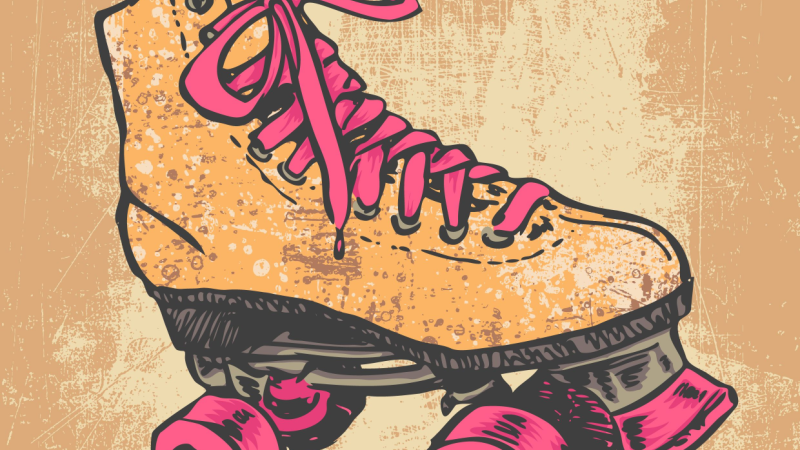


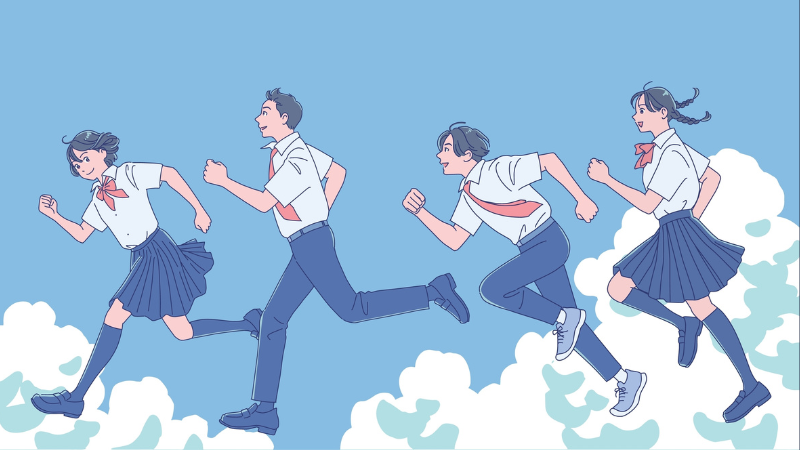
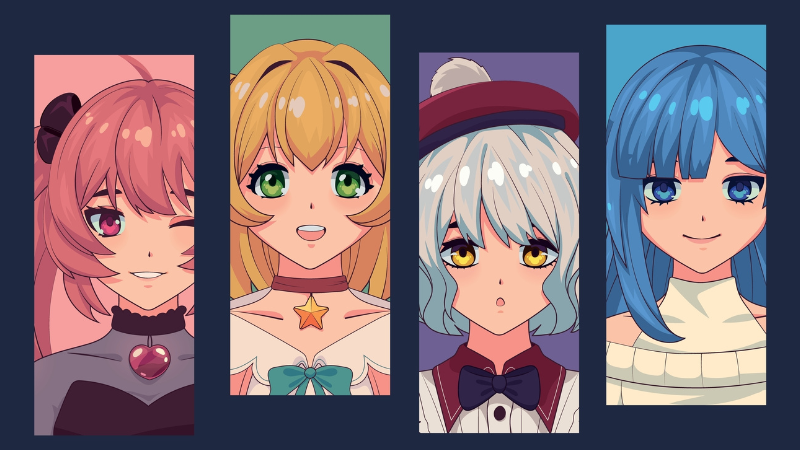
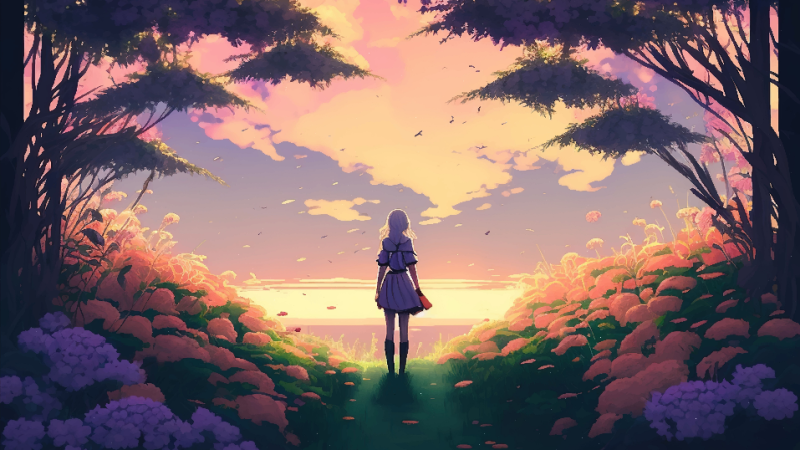

So helpful thanks heaps
Very useful farming guide especially since farming is a great skill to profit from in later levels.
Solid farming guide. Wasn’t really sure what I was doing or how to get fast levels. Thanks for the guide and help.
thanks!!!
wow awesome! Thanks!
Not bad! Will be helpful
Nice, definitely bookmarking this page!
It’s important to start tree runs as soon as possible so you can almost passively gain required farming xp
Hey, great guide my boy!
nice!
Nice guide!
Nice
Amazing guide guys!
Good stuff.
Nice
hihi xd
Nice!
Wow, came here to get an entry but actually need this to learn how to do farming so I can complete my Ardounge Medium diary. Nice.
nice
Farming is one of the hardest but most rewarding.
Nice guide!
Concise info, appreciated!
nice
very informative
Cool stuff
Awesome informative article, much appreciated!
Awesome stuff
RSN
Amazing, well wortha read
I hope i will win
Solid osrs farming guild will def use.
Nice
very useful guide
neat
cool
yeee
cool
nice
Very informative guide Kyle
Very helpfull guide, thanks!
Good stuff!
nice
pretty cool.
Nice guide!
Thank you for this guide!
Great
Nice guide
I never was really into farming at first but I think this guide changed that.
Great and insightful article! Looking forward to more!
Wow cool
very helpful guide
enough info to get started!
enough information to get you started!
enough information to get you starter!
Don’t forget about the new patch on fossil island. The teak and mahogany trees have giant XP drops and there are 3 patches. It is also the best place to cut teak/mahogany since it is so close to a bank chest.
Thanks, a lot of value to be found here
Thanks!!!!!